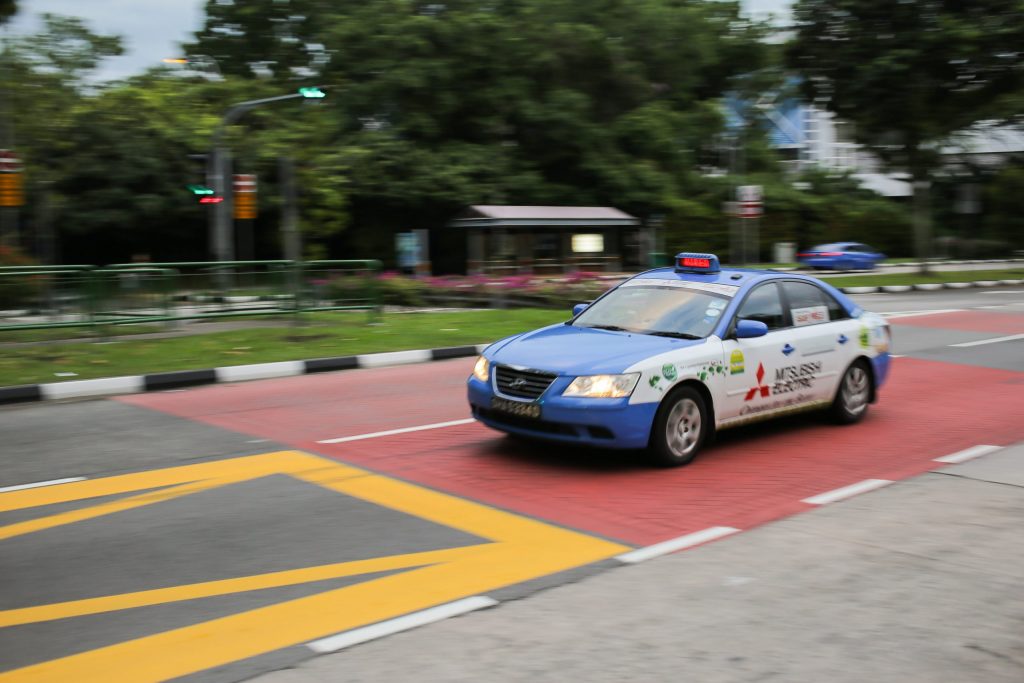Measuring the Impact of GST Hike and Driver Subsidy
April 24, 2021

Finance Minister Heng Swee Keat announced the government’s intention to raise Singapore’s Goods and Services Tax from 7 percent to 9 percent on 16th February 2021. In a separate announcement, the government also announced a $300 subsidy to taxi drivers in the form of rental relief to offset the impact of the pandemic.
In the Straits Times’ Ask: NUS Economists series, Distinguished Professor Ivan Png (NUS Business School, NUS Economics, and NUS Computing) answers the question, “Who bears the brunt of a rise in Goods and Services Tax (GST)? Who gains when the government subsidizes the income of cabbies?”.
Although a tax increase and a government subsidy are ostensibly dissimilar and used in different contexts, Prof Png illustrates that the burden of a tax and the benefits of a subsidy can be shared by different people. The extent to which an individual bears the tax brunt, or the benefits of a subsidy are both determined by the same fundamental principle: price elasticity.
Price elasticity is a measure of how sensitive consumers and producers are to changes in price. Their sensitivity to these changes in price is reflected in the changes in the quantity demanded by consumers, and quantity supplied by producers. In the article, Prof Png raises the example of a meal at a restaurant. The increase in GST leads to an increase in the price of a meal. Consumers sensitive to changes in price could respond by finding cheaper alternatives. Conversely, the restaurant could respond by absorbing part of the tax increase in order to maintain a steady customer base. Prof Png demonstrates that it is possible for the brunt of the tax increase to be shared by both the consumers and producers. The incidence of the tax increase is then dependent on the price elasticities of demand and supply.
The $300 subsidy to drivers could also alleviate the financial pressure currently faced by taxi operators. These companies are less likely to reduce their commissions and rentals in order to keep drivers with their company. The benefits of the subsidy are shared by both the driver and taxi operators.
Prof Png’s interdisciplinary research project, Service Productivity and Innovation Research Program (SPIRE) is funded by the Social Science Research Council. By tapping on the expertise from a range of disciplines such as applied microeconomics and behavioral science, SPIRE aims to innovate and advance cost-effective and scalable strategies. Ultimately, the research aims to apply these strategies across various industries in Singapore to raise productivity.
